If you’ve ever been to the classroom of a Karate or Taekwondo class, you may have seen the instructor count loudly in Korean. Why is that? The reason lies in the history of a lot of contemporary martial arts, and the significance of mastering Korean numbers karate. This article will walk you step-by-step through everything you must be aware of in the method of counting 1, 2, 3 4 5 6 7, 8 10, 9, 10, in Korean and their pronunciation, as well as the distinction between the native Korean number and Chinese numbers. No matter if you’re just beginning to master the basics, or a more advanced student trying to improve your technique the following guide will help you master the art of counting.
Why Are Korean Numbers Important in Karate and Taekwondo?
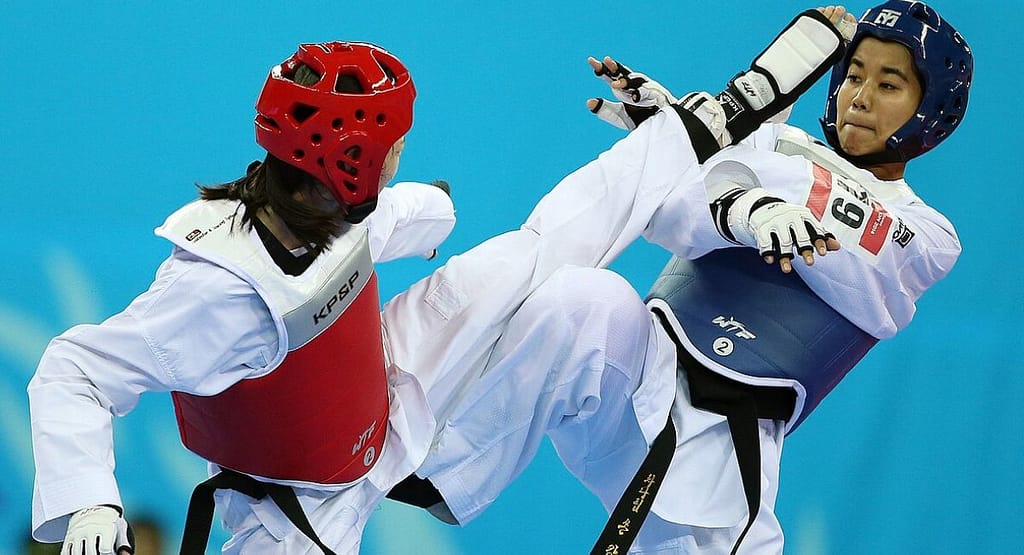
While the art of karate originated in Japan many contemporary martial arts, such as Taekwondo and Hapkido are Korean in their origins. Korean instructors typically employ Korean numbers karate for class to make sure that they are counting repetitions, reciting sequences, or timing their exercises. Understanding Korean numbers karate assists you in following instructions with ease, keeps you in touch with your classmates, and increases your appreciation for the art.
For example, the process of counting ” one” through ” ten” in Korean may seem easy but it enables the counting of sets of kicks or punches without hesitation. Imagine that your instructor announces a set of numbers: “Hana, dul, ses” (Ha-na Dul Set) If you can’t identify these numbers immediately you’ll be slow to respond. The ability to master Korean numbers will give you confidence and a smoother learning experience.
How to Count from 1 to 10 in Korean?
Let’s get started with the basics of what is the procedure for counting 1-10 for 10 in Korean. In Korea, there are two primary systems of counting both the traditional Korean in addition to those of the Chinese-Korean systems. Martial arts generally employ Korean’s native Korean system to count in practice, and that’s our priority.
Here’s a list of the best:
| Number | Korean (Hangul) | Pronunciation (Romanized) |
|---|---|---|
| 1 | Hana | Ha-na |
| 2 | dul | Dul |
| 3 | ses | Set |
| 4 | Nes | Net |
| 5 | daseos | Da-sut |
| 6 | Yeoseos | Yeo-sut |
| 7 | Ilgob | Il-gop |
| 8 | Yeodeolb | Yeo-deol |
| 9 | Ahob | Ah-hop |
| 10 | Yeol | Yeol |
Tips for pronunciation: Korean numbering can be difficult for people who are new it to. The practice of listening to the native language or viewing videos helps immensely. For instance, you could look over this useful Korean number the pronunciation of.
How Do You Say 1 to 10 in Karate?
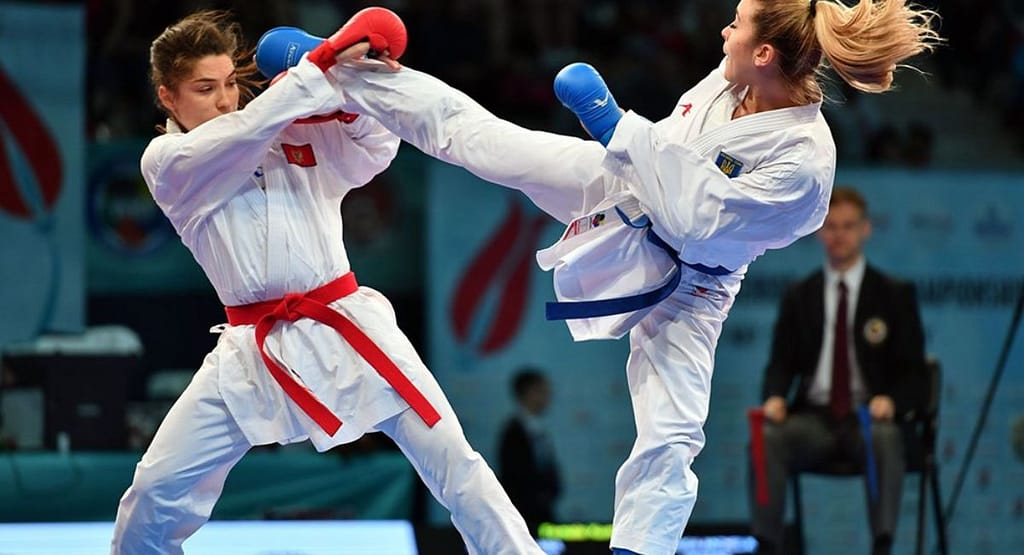
Although Karate was first developed in Japan Many modern schools combine Korean terms, particularly when they incorporate elements from Taekwondo and Hapkido. When instructors employ Korean to count, they typically use native Korean numbers, as illustrated above.
If your teacher says “Hana dul, Hana, ses, or “when you are in the class they are “one three, two, and four ” and you must respond or act accordingly.
What is the significance of this? Using Korean numbers helps to establish a connection with this art’s Korean roots and aids in standardizing the rules, particularly for mixed martial arts schools. It’s also a sign of respect for Korean tradition and culture.
How Do You Say 1 to 10 in Taekwondo?
As Taekwondo is the national martial art of Korea, counting in Korean is a fundamental part of the practice.
Here’s the same list of 1-10 that is available to Taekwondo practitioners:
- hana (Ha-na) – 1
- dul (Dul) dul (Dul) – 2
- ses (Set) 3
- nes (Net) – 4
- daseos (Da-sut) – 5
- yeoseos (Yeo-sut) – 6
- Ilgob (Il-gop) 7
- Yeodeolb (Yeo-deol) 8
- Ahob (Ah-hop) 9
- Yeol (Yeol) 10
When you take an instructor-led Taekwondo class, they make use of numbers to measure blocks, strikes as well as forms (called poomsae). Counting is a rhythmic process that aids students to stay focused and keep their speed.
Learn the basics of Taekwondo counting from 1 through 10, by visiting the Taekwondo vocabulary page.
What is 12 in Korean? (And Beyond!)
Once you’ve learned the numbers between 1 and 10, you’ll need to increase your count, particularly when training drills grow in length.
In native Korean the number 12 means:
- Yeoldul (Yeol Dul) – literally “ten two”
This is how it works For the period 11-19 it is ” ten” (yeol – Yeol) followed by the number 1-9. For instance:
- 11: Yeolhana (Yeol Ha-na)
- 12: yeoldul (Yeol Dul)
- 13: Yeolses (Yeol Set)
- …
- 19 20. : Yeolahob (Yeol Ah-hop)
In the 20s and beyond, the pattern shifts slightly. The word that means twenty is called seumul (Seu-mool). For numbers 21-29, you mix it like this:
- 21: seumulhana (Seu-mool Ha-na)
- 22: seumuldul (Seu-mool Dul)
If you’re looking to learn more about the numbers of Korean 1-100 the comprehensive chart is a fantastic source.
Korean Numbers Karate in English: Understanding the Meaning
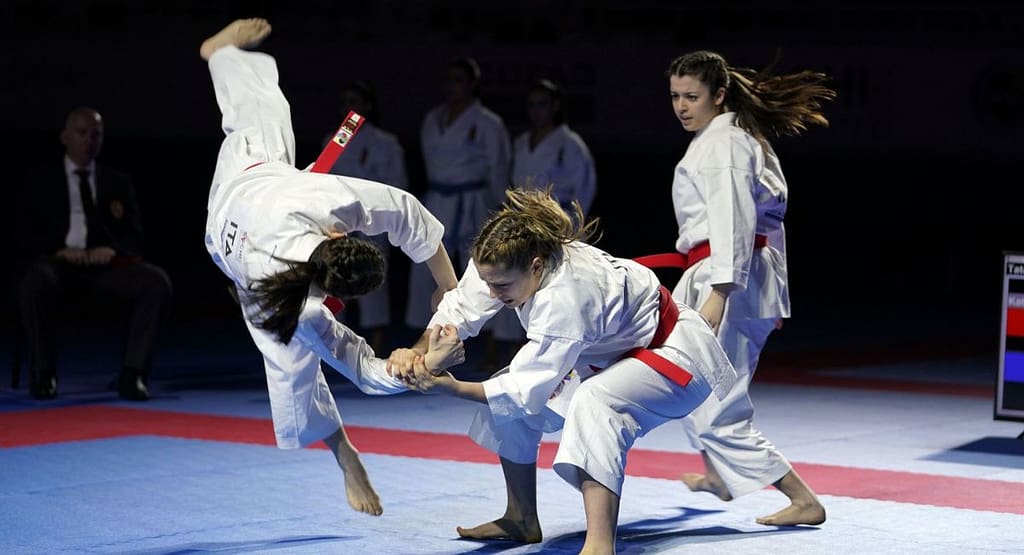
Sometimes, it’s helpful to be able to comprehend the English equivalent of Korean numbers, particularly if you’re educating or assisting students who don’t know Korean.
- Hana (Ha-na) is the Arabic word for One.
- dul (Dul) means Two
- ses (Set) means Three
- nes (Net) means Four
- daseos (Da-sut) means Five
- yeoseos (Yeo-sut) means Six
- ilgob (Il-gop) means Seven
- yeodeolb (Yeo-deol) means Eight
- Ahob (Ah-hop) is the word for nine
- yeol (Yeol) means Ten
Understanding these English translations along with Korean pronunciation can make it easier to remember and use in training.
Korean Numbers 1-10 Pronunciation: Tips to Get It Right
Making the correct pronunciations of Korean numbers correctly may be difficult initially however, with time getting better, you’ll be able to master it. Here are some tips:
- Be aware of syllable breaks. For instance, “Hana” (Ha-na) contains two distinct vowels.
- Pay attention to native speakers regularly. You can find a variety of free sources on YouTube or other language apps such as Duolingo and 90 Days of Korean.
- Try to speak out numbers loudly in your warm-ups and workouts.
Here’s a helpful video instructional on Korean numbers that explains the numbers clearly.
What Are Sino-Korean Numbers and Why Do They Matter?
Apart from the native Korean numbers, there’s the Sino-Korean numbers system that is inspired by Chinese characters. This system is commonly used for dates or money as well as formal counting.
For instance:
| Number | Sino-Korean | Pronunciation |
|---|---|---|
| 1 | Il | Il |
| 2 | I | Ee |
| 3 | Sam | Sam |
| 4 | Sa | Sa |
| 5 | O | Oh |
| 6 | Yug | Yuk |
| 7 | Cil | Chil |
| 8 | pal | Pal |
| 9 | Gu | Goo |
| 10 | sib | Sip |
Martial artists often meet Chinese numbers in the form of name names or in ceremonial counts A fundamental understanding of the language is useful.
Take a look at this thorough explanation of the numbers for Sino-Korean.
Step-by-Step Guide to Mastering Korean Numbers in Martial Arts
Here’s an easy method to learn Korean numbers in karate:
- Beginning with 1-10 Then, you can memorize the local Korean numbers and practice articulating them every day. Utilize flashcards and apps.
- Try counting sequences Start by counting 1 to 20 and then 1 to 30, while mixing in the numbers you are familiar with.
- Take martial arts tutorials or classes listening to the instructor count down in Korean will allow you to learn to get used to the rhythm.
- Speak aloud during drills: Incorporate Korean counting in your warm-ups or shadowboxing.
- Learn the Chinese numbers Concentrate on the basics like 1-10, 20-20 30, etc to comprehend the names of forms and their ceremonial use.
- Utilize the mnemonic device such as connecting “hana” (Ha-na) with the image of one punch or kick.
- Try it out by working with a tutor or partner asking for them to say numbers and then respond with the appropriate actions or by saying the number in return.
Bringing It All Together: Why You Should Learn Korean Numbers Karate
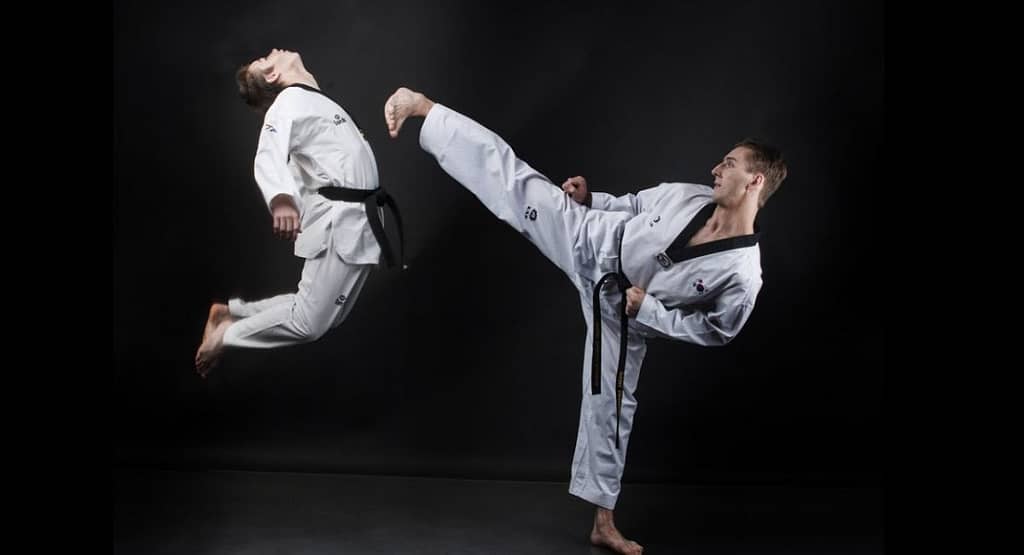
The process of learning Korean figures is more than making notes on words. It’s about accepting the culture, improving your martial arts skills, and improving the communication between students. If you are aware of your numbers:
- Follow the directions with ease.
- You will develop rhythm and timing to form and exercises.
- You are respectful of Korean martial arts tradition.
- You are preparing yourself for advanced education and tests for grading.
Many of the most experienced instructors say that studying Korean numbers was the turning point in their career, which made their learning more in-depth and valuable.
Final Thoughts and Resources
If you’re interested in how to say 1-10 in Karate or if you’re looking to master Taekwondo counting 1-10 beginning by using Korean numerals is a wise choice.
To help you practice and learn Here are some fantastic sources:
- Korean Numbers and Counting – 90-Day Korean
- Learn Korean Numbers – Talk To Me In Korean
- [Korean Numbers Video Tutorial](https://www.youtube.com/watch?v=75V)
Learn More About SPORTS


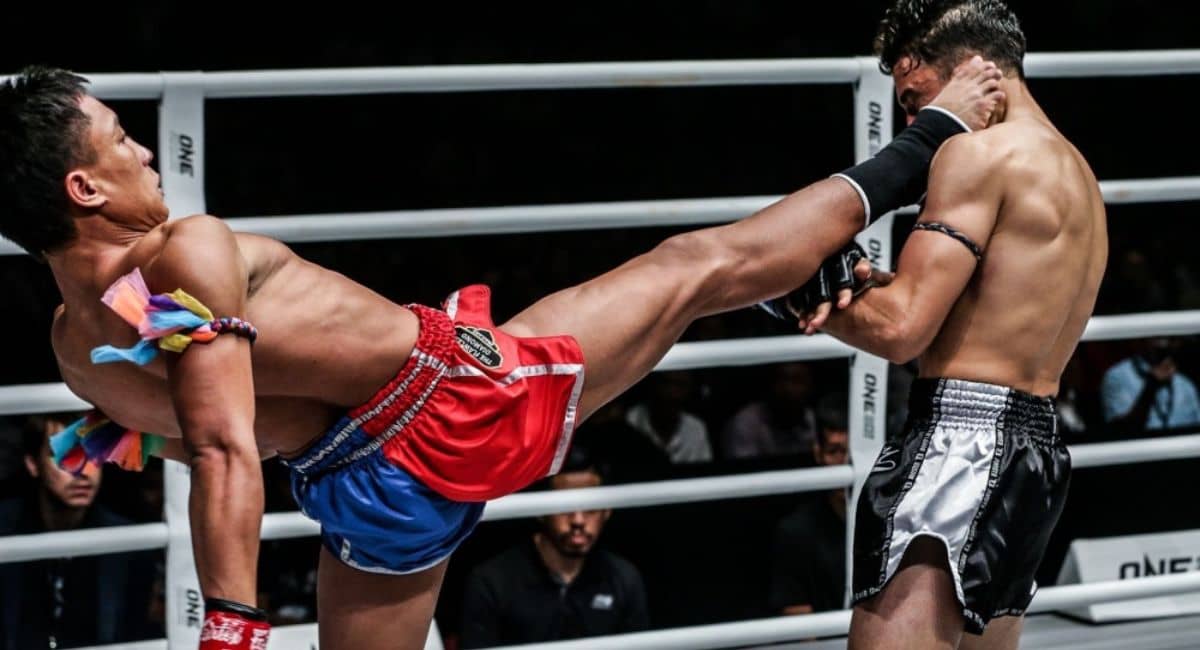
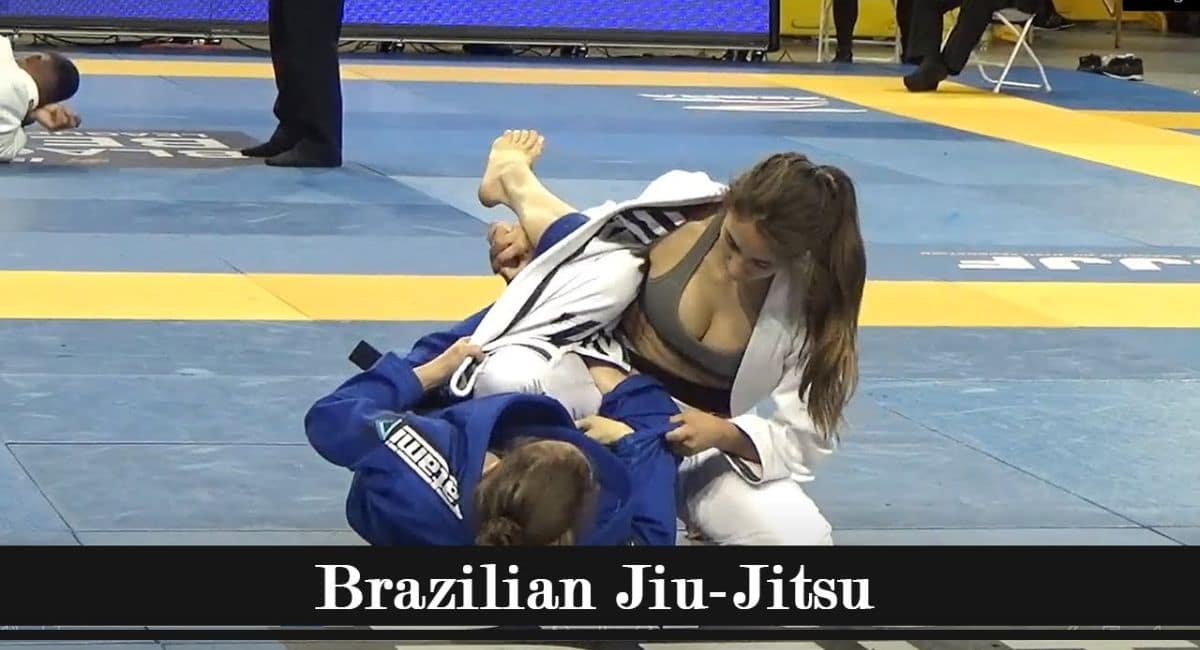


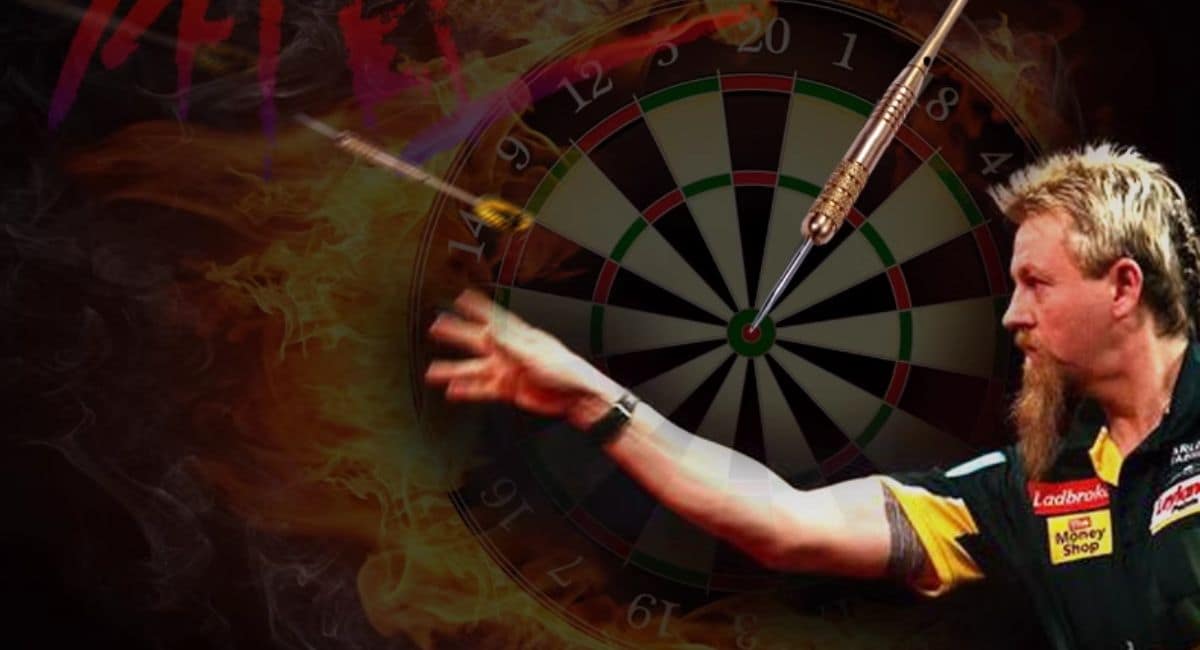
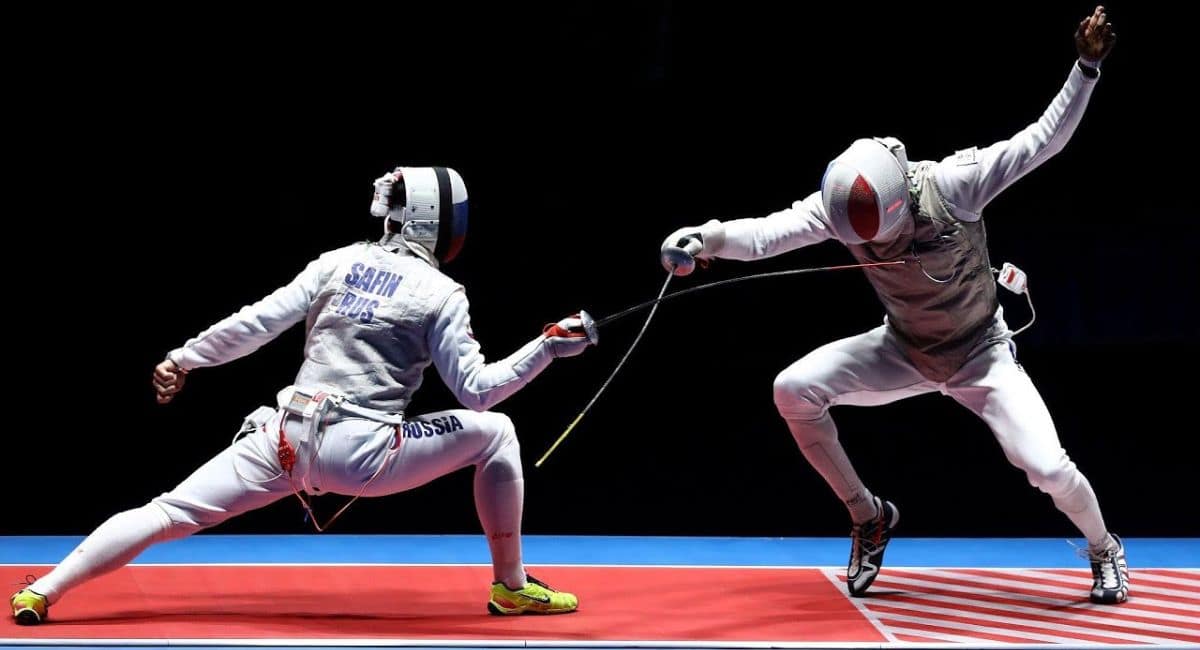


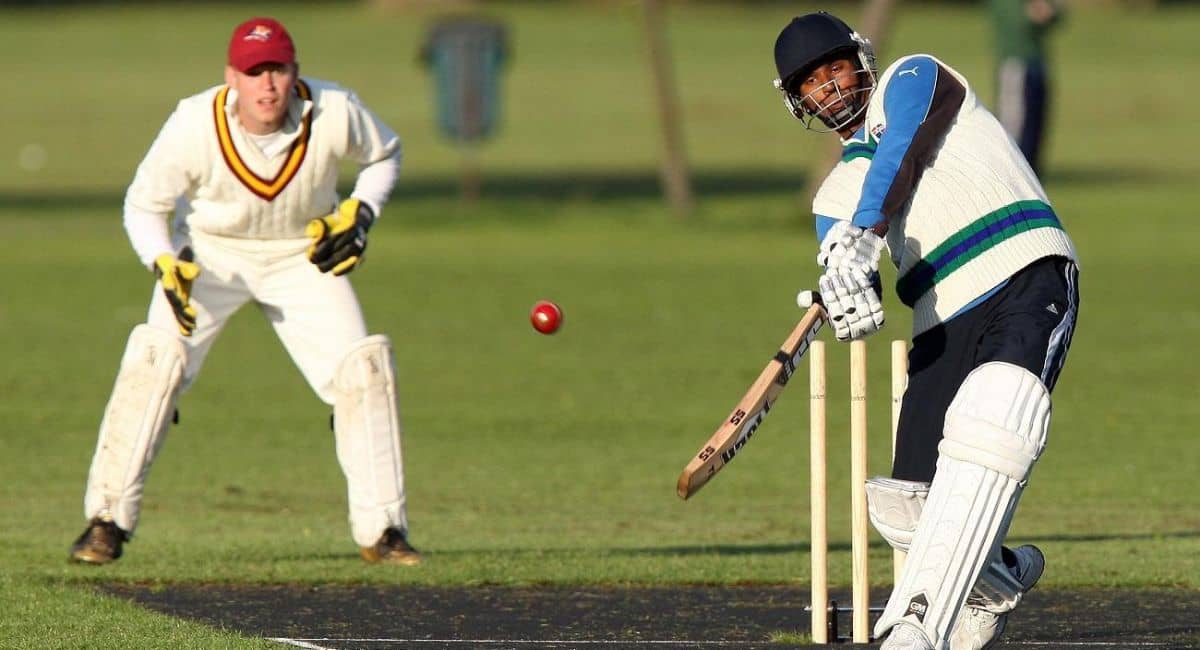

Leave a Reply